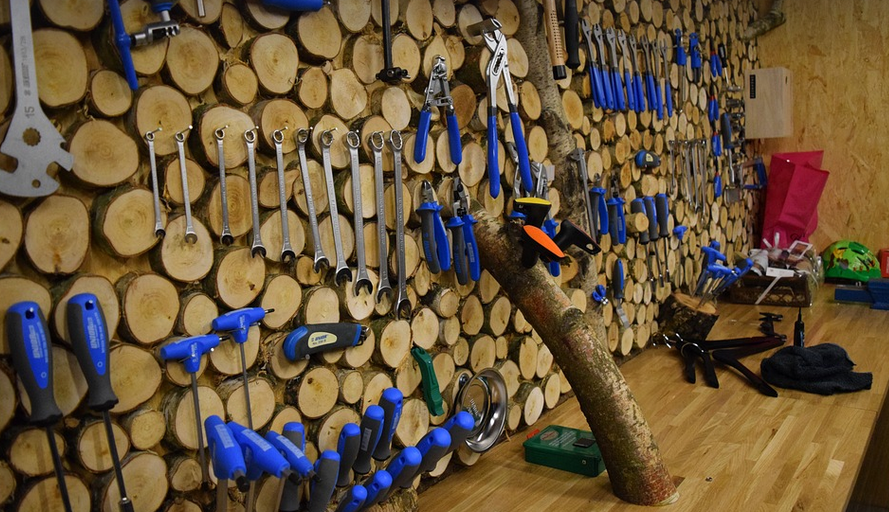A Guide for Beginners
Watering your lawn and garden is essential for a healthy landscape, but sometimes it can be a chore. That’s where sprinkler pumps come in, offering a smart and efficient way to deliver water directly to where you need it.
Installing a sprinkler pump might seem daunting at first, especially if you’ve never done anything like it before. But fear not! This guide will walk you through the process step-by-step with clear explanations and helpful tips. We’ll cover everything from preparation to testing, ensuring your installation is successful.
Why Install a Sprinkler Pump?
Before we dive into the intricacies of installation, let’s address why installing a sprinkler pump makes sense in your 2025 landscape. Sprinkler pumps are no longer just for large estates or professional gardens; they’re becoming increasingly popular for homeowners looking to save time and effort while maintaining their green space.
Here’s how they benefit you:
* **Efficient Water Use:** Sprinkler pumps deliver water directly to target areas, minimizing wasted water from evaporation or runoff. This means less cost on your utility bill and a healthier planet. * **Precision Watering:** Unlike traditional sprinklers that might over-water certain sections, sprinkler pumps let you control the flow and pressure of water for targeted watering based on your plants’ specific needs. This is especially helpful in situations like drought or heavy rainfall. * **Increased Convenience:** No more constantly battling leaky hoses or struggling to reach far corners with a hand-held hose. A sprinkler pump makes your irrigation routine effortless.
Let’s get started on the installation process.
Gathering the Right Tools and Materials
Before you begin, it’s crucial to have the right tools and materials at hand to ensure a smooth and successful installation. Here’s a list of essential components:
* **Sprinkler Pump:** Choose the appropriate pump size based on your water pressure and the area you need to irrigate. * **Water Supply Line:** You’ll need a sturdy pipe that connects your source of water (e.g., well, city main) to your sprinkler pump. For longer distances or multiple zones, consider using PVC pipes with proper fittings. * **Irrigation Valves:** These valves control the flow of water from your supply line to different parts of your landscape. A two-way valve allows you to switch between irrigation mode and bypass for manual watering. * **Hose Connectors:** These will connect your pump to your sprinkler system, allowing you to manage hoses effectively. * **Backflow Prevention Assembly:** This safety device prevents the backflow of contaminated water into your potable supply, ensuring clean and safe usage.
Preparing Your Landscape for Installation
Before installing anything, preparing your landscape is crucial. Here are some steps to take:
* **Clear the area:** Remove any debris or obstacles from the installation site. * **Check Existing Plumbing:** Assess if you need to make adjustments to your existing plumbing before connecting the pump. If there are existing valves, they might be in a different spot than you’d prefer. * **Mark Your Zones:** Use spray paint or chalk to mark out each zone where you plan to install sprinkler heads and ensure water flows to each designated area.
Installing the Sprinkler Pump
Now comes the fun part! Here are general steps for installing a sprinkler pump:
* **Secure the Pump:** Place the pump in a stable location, ensuring it won’t be subject to accidental damage. * **Connect Water Supply Line and Valves:** Use the appropriate connectors and fittings to link the pump to your water supply line. * **Test for Leaks:** After connecting all parts, check for leaks by running water through the system and looking out for any signs of moisture around the connections. * **Install Backflow Prevention Assembly**: As previously mentioned, this is a crucial component for ensuring safety and preventing contamination. * **Run Test Cycles:** Once everything is installed, test your sprinkler pump to ensure it’s operating smoothly. This includes checking the water pressure, flow rate, and timer settings.
Managing Your Sprinkler System
After installation, you’ll want to set up a routine for maintaining your newly installed system.
* **Regular Maintenance:** Check hoses for leaks or damage, clean the pump regularly, and adjust sprinkler heads to ensure efficient water usage.
Remember, installing a sprinkler pump is an investment in your landscape’s health and efficiency. With proper preparation and attention to your system, you can enjoy a beautiful and thriving garden year after year.
